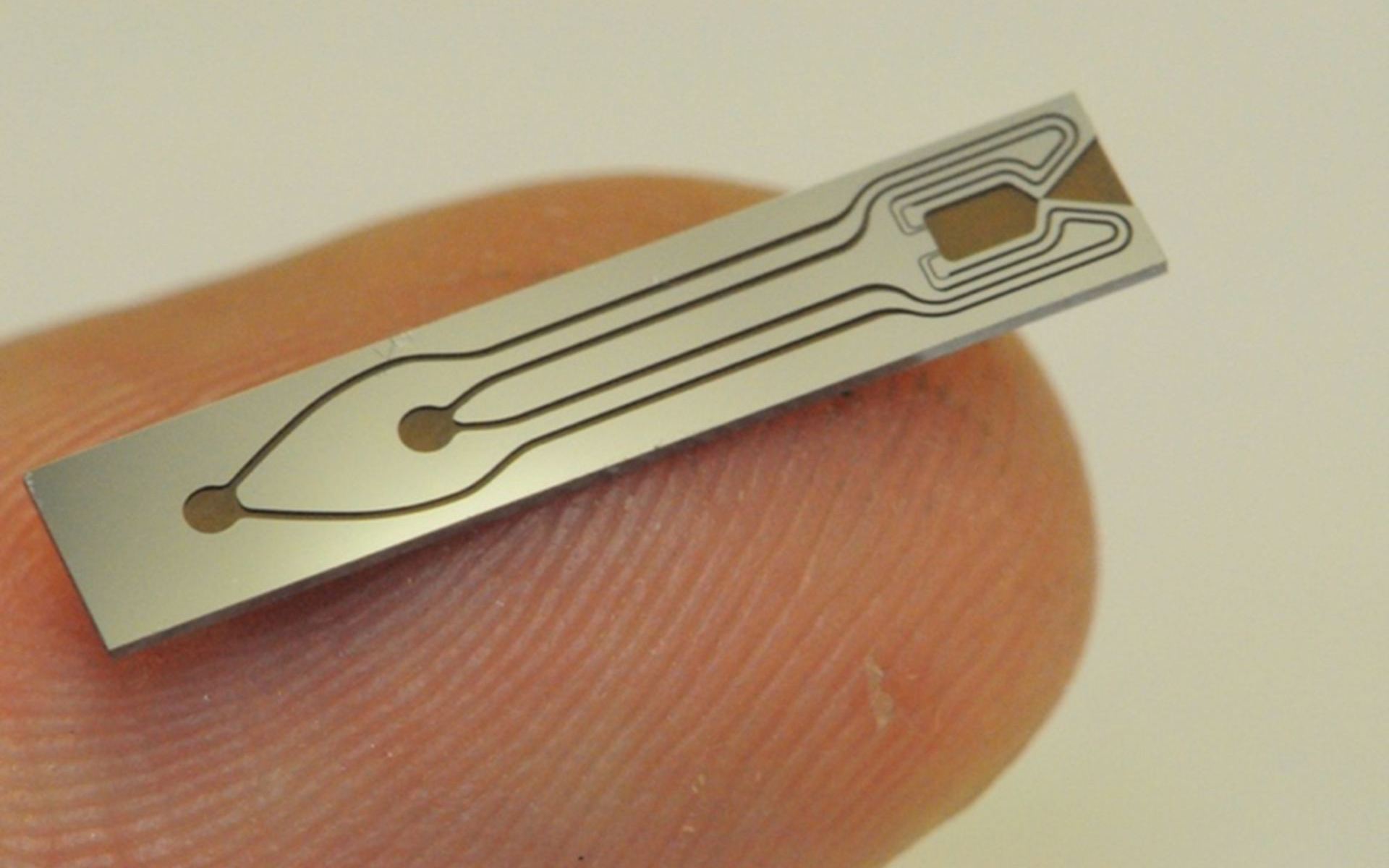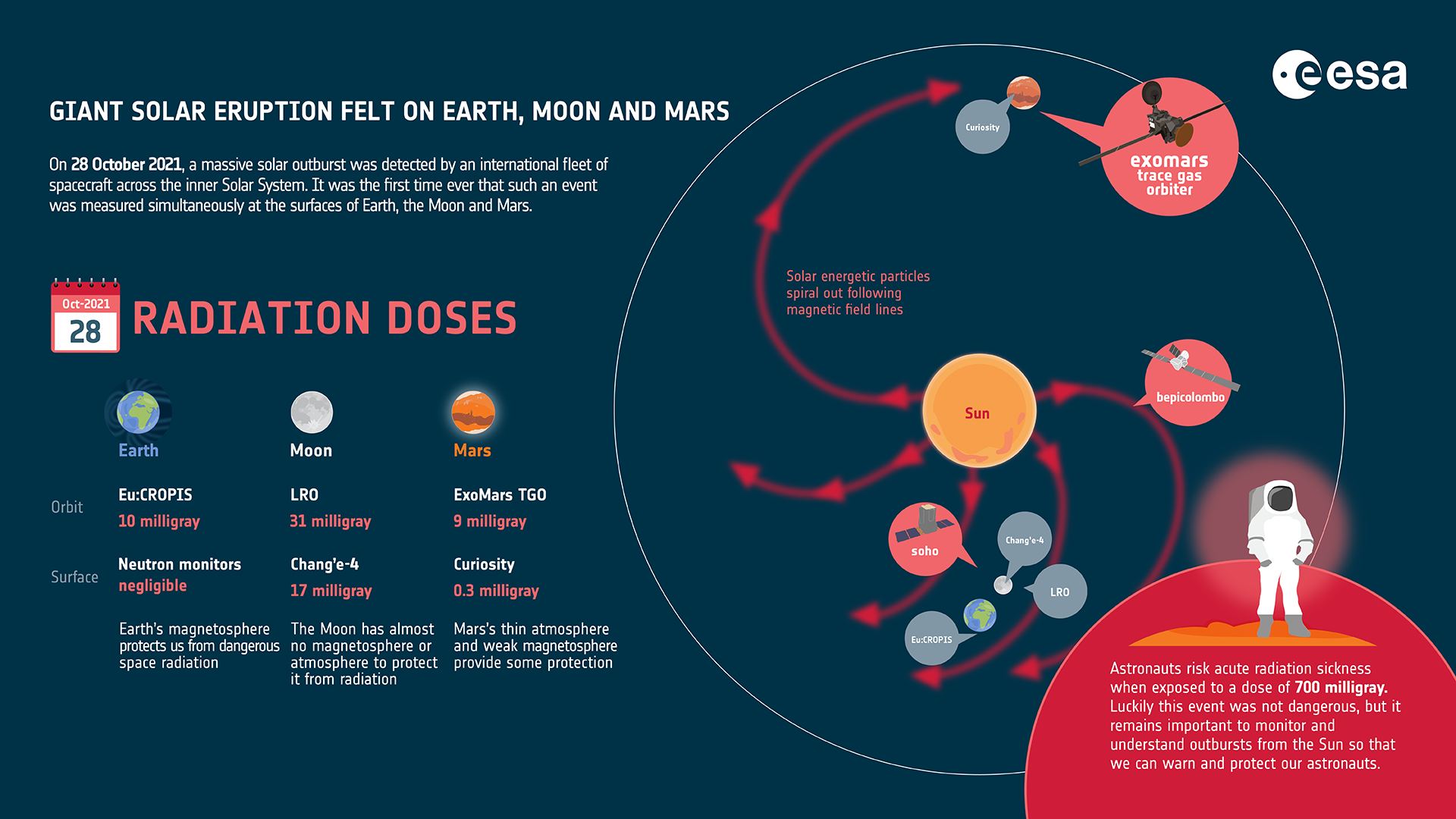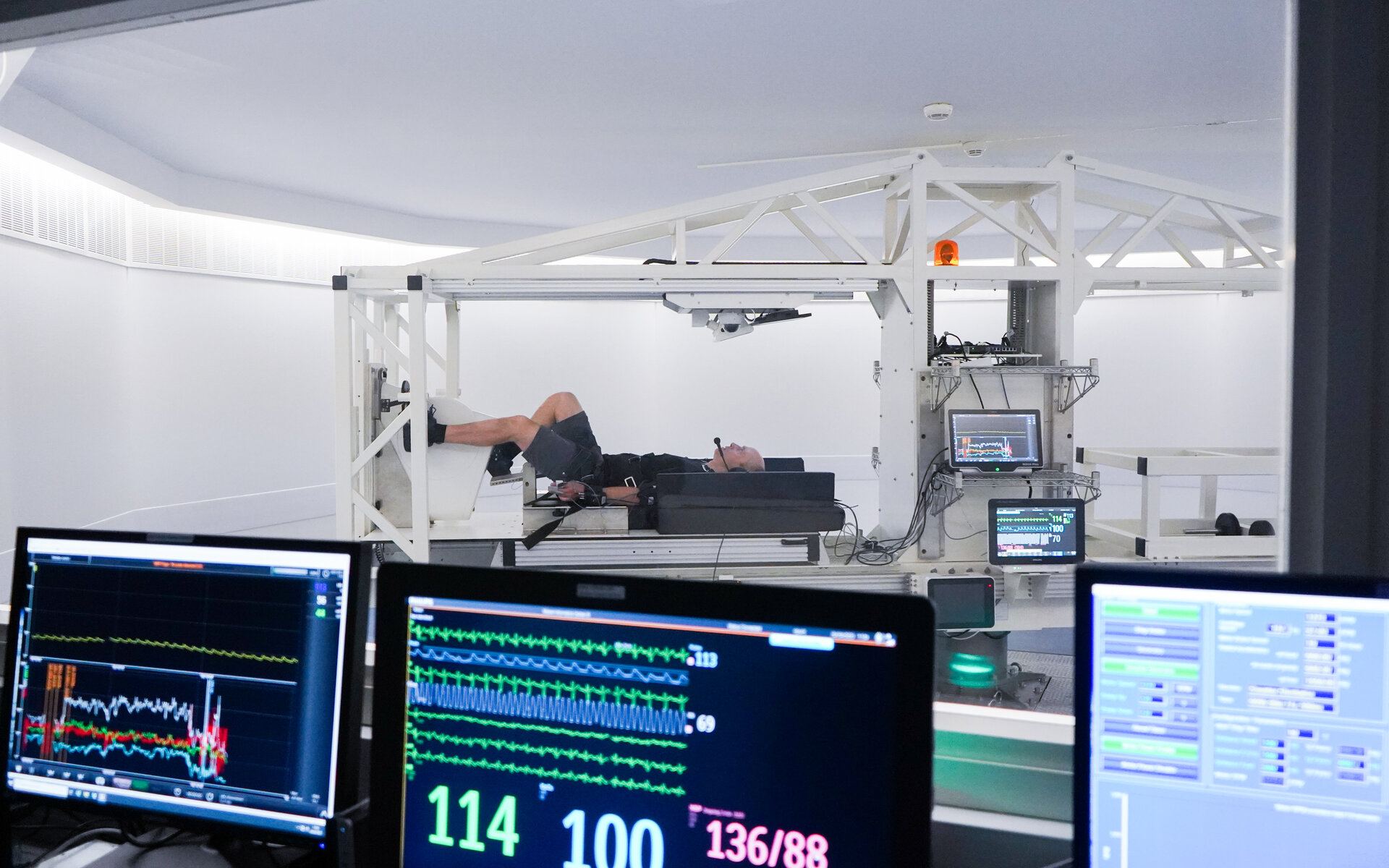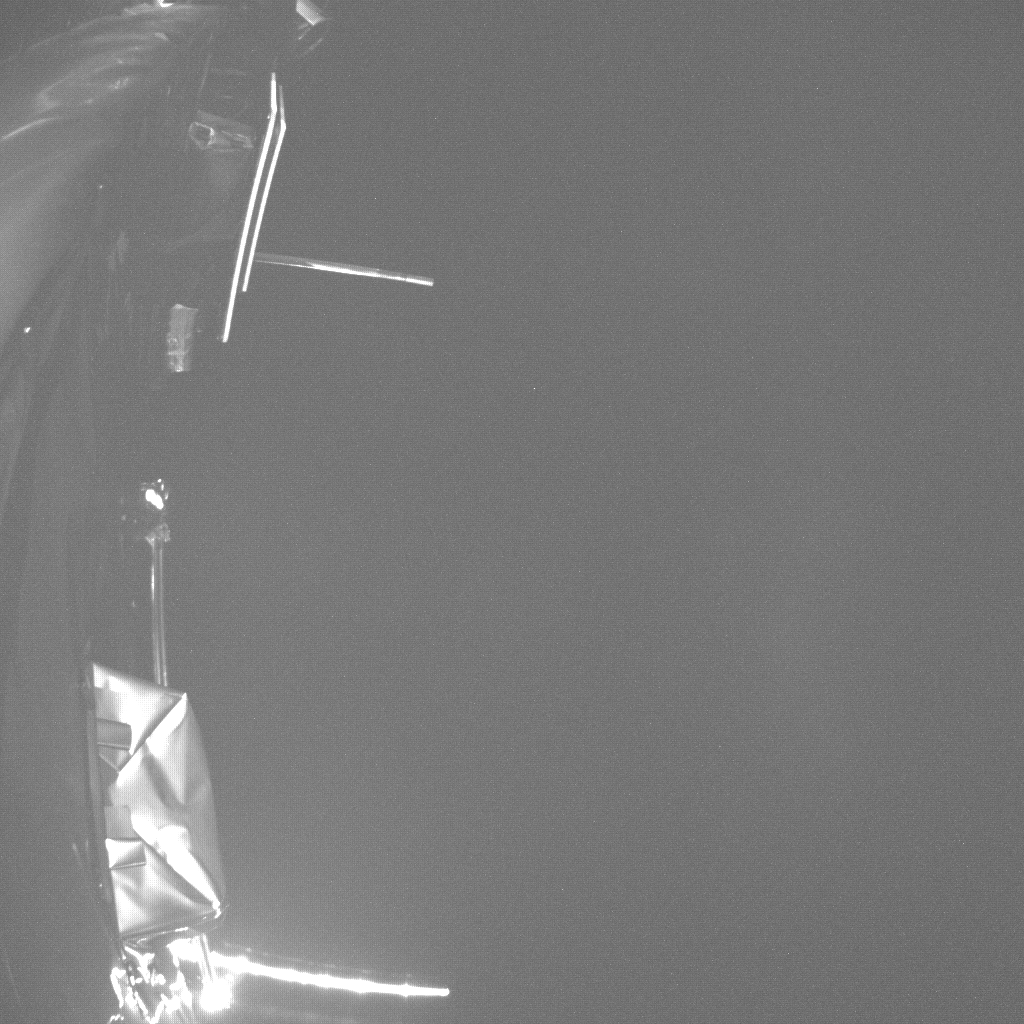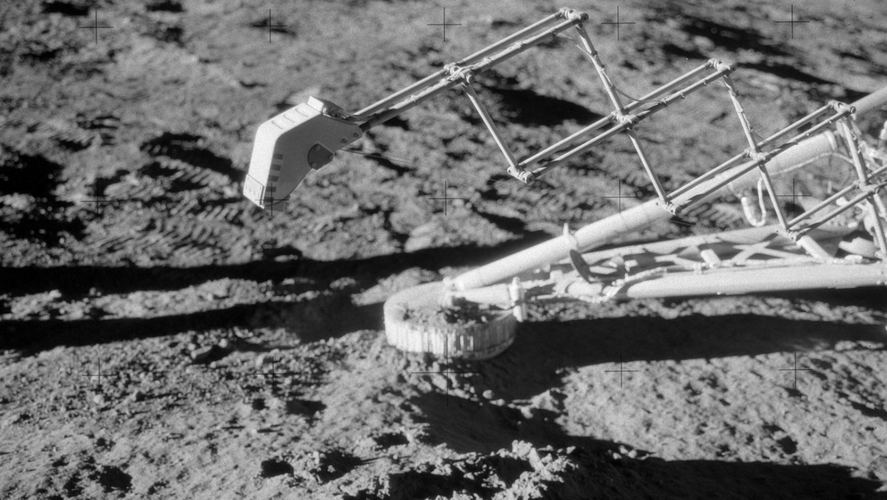Engineers working with the European Space Agency have developed a new thruster design smaller than the tip of your finger. Despite its small size, this mini-thruster designed for CubeSats appears to be highly efficient without the use of toxic chemicals.
Continue reading “Spacecraft Could be Equipped With Tiny Thrusters That Use Water for Propellant”Over 100 Million Years Ago, Olympus Mons Had a Massive Landslide
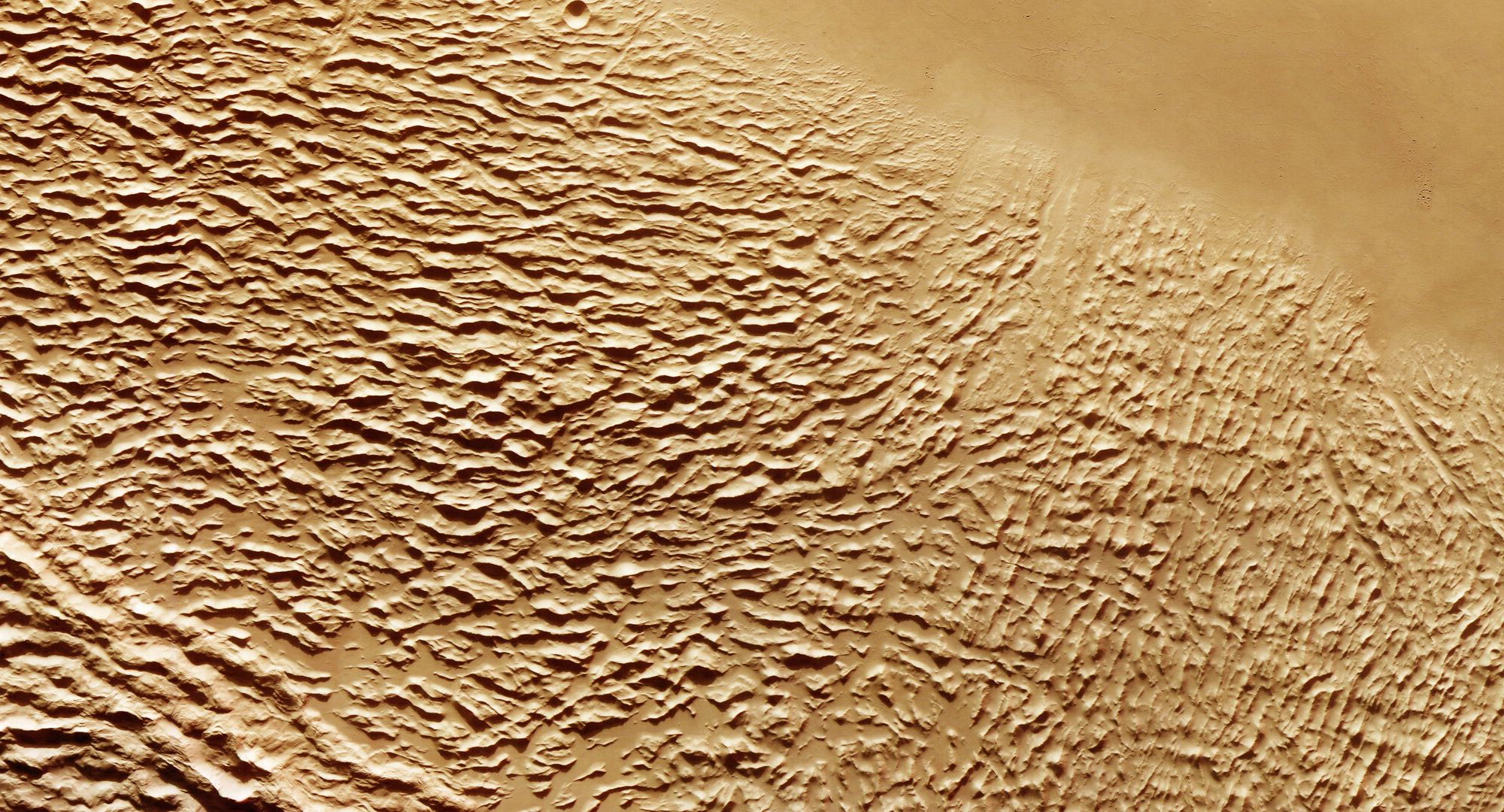
While the surface of Mars looks relatively unchanging now, it wasn’t always so. The tallest mountain in the Solar System is Olympus Mons, a giant shield volcano on Mars that reaches 21.9 km (13.6 miles) high, 2.5 times higher than Mount Everest here on Earth. Ancient lava flows surround the volcanic caldera, evidence of an active time.
New images from ESA’s Mars Express show how these lava flows created extremely sharp cliffs, as high as 7 km (4.3 miles) in some areas, which suddenly collapsed in mind-boggling landslides. One of these landslides occurred several 100 million years ago when a chunk of the volcano broke off and spread across the surrounding plains. If we could look back in time and see as it happened, it was certainly a very dramatic and turbulent epoch on Mars.
Continue reading “Over 100 Million Years Ago, Olympus Mons Had a Massive Landslide”A Massive Solar Storm was Detected on Earth, Mars, and the Moon
A coronal mass ejection erupted from the Sun on October 28th, 2021, spreading solar energetic particles (SEPs) across a volume of space measuring more than 250 million km (155.34 million mi) wide. This means that the event was felt on Earth, Mars, and the Moon, which was on the opposite side of the Sun at the time. It was also the first time that a solar event was measured simultaneously by robotic probes on Earth, Mars, and the Moon, which included ESA’s ExoMars Trace Gas Orbiter (TGO) and Eu:CROPIS orbiter, NASA’s Curiosity rover and Lunar Reconnaissance Orbiter (LRO), and China’s Chang’e-4 lander.
The ESA’s Solar Orbiter, Solar and Heliospheric Observatory (SOHO), and BepiColombo missions were also caught by the outburst and provided additional measurements of this solar event. The study of Solar Particle Events (SPE) – aka. solar flares – and “space weather” phenomena are vital to missions operating in Low Earth Orbit (LEO) – for example, crews living and working on the International Space Station (ISS). But it is especially vital for missions destined for locations beyond LEO and cislunar space, including Project Artemis and the many proposals for sending astronauts to the Moon and Mars in the coming years.
Continue reading “A Massive Solar Storm was Detected on Earth, Mars, and the Moon”The PLATO Mission Could be the Most Successful Planet Hunter Ever
In 2026, the European Space Agency (ESA) will launch its next-generation exoplanet-hunting mission, the PLAnetary Transits and Oscillations of stars (PLATO). This mission will scan over 245,000 main-sequence F, G, and K-type (yellow-white, yellow, and orange) stars using the Transit Method to look for possible Earth-like planets orbiting Solar analogs. In keeping with the “low-hanging fruit” approach (aka. follow the water), these planets are considered strong candidates for habitability since they are most likely to have all the conditions that gave rise to life here on Earth.
Knowing how many planets PLATO will likely detect and how many will conform to Earth-like characteristics is essential to determining how and where it should dedicate its observation time. According to a new study that will be published shortly in the journal Astronomy & Astrophysics, the PLATO mission is likely to find tens of thousands of planets. Depending on several parameters, they further indicate that it could detect a minimum of 500 Earth-sized planets, about a dozen of which will have favorable orbits around G-type (Sun-like) stars.
Continue reading “The PLATO Mission Could be the Most Successful Planet Hunter Ever”Check out the Cool New Designs for Europe’s Future Spacesuits

While the European Space Agency isn’t planning to build their own spacesuits anytime soon, they want to be ready. ESA recently had the Space Suit Design Competition, allowing the public to propose designs for future European extra-vehicular activity (EVA) suits.
The competition received 90 submissions and experts selected five winners. This first design, above, was created by Oussama Guarraz, focusing on “modernity, cutting-edge technology, innovation, and sustainability.”
Below is another design, by João Montenegro.
Continue reading “Check out the Cool New Designs for Europe’s Future Spacesuits”BepiColumbo Makes its Third Flyby of Mercury, Seeing the Planet's Night Side
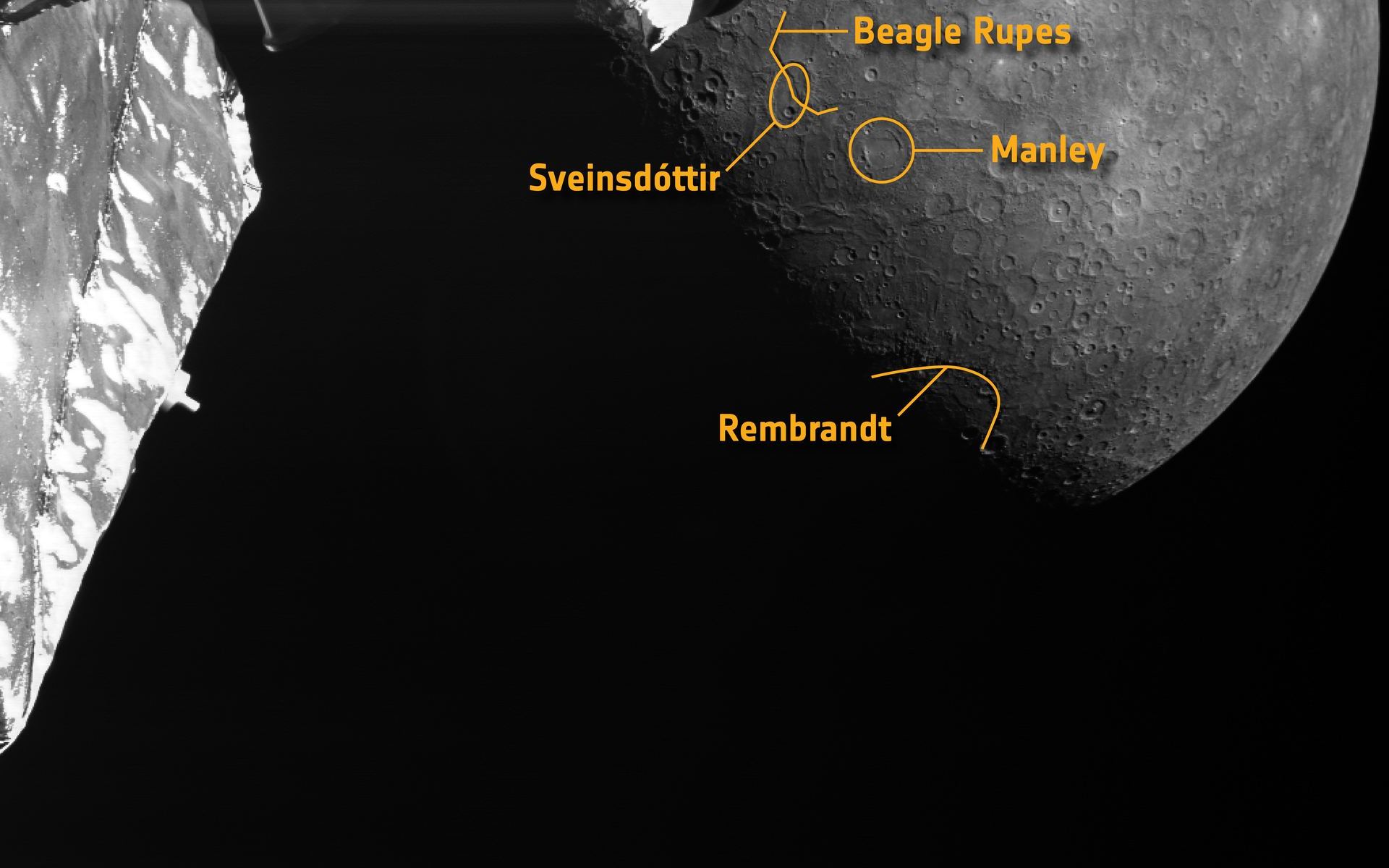
ESA’s BepiColumbo continues its journey to Mercury by making another flyby … of Mercury! This is the third of six planned flybys of its destination planet, each of which gives the spacecraft a gravitational deceleration. Eventually, it’ll slow down enough to go into its final operational orbit.
In the most recent flyby on June 19, 2023, the spacecraft sped past the planet’s night side and took a series of images from 236 km (145 miles) above Mercury’s surface. From these 217 images, the BepiColumbo team created a movie of the flyby, which includes a 3D scene.
Continue reading “BepiColumbo Makes its Third Flyby of Mercury, Seeing the Planet's Night Side”ESA is Testing How Iron Burns in Weightlessness
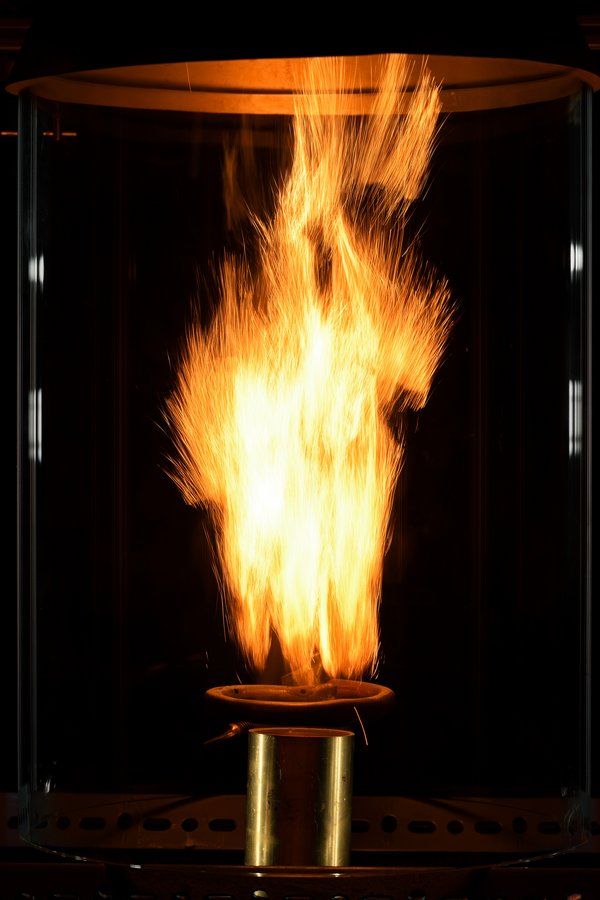
What happens when you burn iron in space? The European Space Agency is torching iron powder in microgravity, to find out. They aren’t doing it for the fun of it, but to understand something called “discrete burning.” It turns out that this process might enable more efficient iron-burning furnaces right here on Earth. It could eventually join other renewable energy sources as a way to combat the release of greenhouse gases in our atmosphere.
Continue reading “ESA is Testing How Iron Burns in Weightlessness”Artificial Gravity Tests on Earth Could Improve Astronaut Health in Space
They’re affectionately known as “pillownauts,” volunteers who commit to spending weeks in bed to advance research into astronaut health. While bedridden, the pillownauts will lie with their heads tilted at 6° below the horizontal with their feet up to increase blood flow to their heads. They also perform work-related tasks, are subject to regular medical exams, and take their meals, showers, and bathroom breaks, all while remaining in bed. The purpose of this research is to simulate the effects of weightlessness on the human body, including muscle atrophy, bone density loss, and cognitive effects.
The European Space Agency (ESA) recently kicked off another round of pillownaut research, the Bed Rest with Artificial gravity and Cycling Exercise (BRACE) study, at the Institute for Space Medicine and Physiology (MEDES) in Toulouse, France. For this study, twelve volunteers will remain inclined (with their heads below their feet) for sixty days and exercise using cycles adapted to their beds and centrifuges that simulate gravity. Beyond measuring the effects of microgravity on astronaut health, this study also aims to measure the effectiveness of countermeasures used to address them.
Continue reading “Artificial Gravity Tests on Earth Could Improve Astronaut Health in Space”Hurray! Juice Deploys its Stuck Antenna
ESA’s Juice mission launched last month on April 14, beginning its long journey to explore Jupiter’s icy moons, Ganymede, Europa, and Callisto. But soon after launch, mission controllers realized a 16-meter (52.5 ft)-long antenna for a radar instrument was jammed and couldn’t deploy. The Radar for Icy Moons Exploration (RIME) antenna is mission critical, as it gathers data for the instrument that will be able to map beneath the ice at these moons.
But, whew, the story has a happy ending. After nearly a month of efforts to free the stuck antenna, engineers figured out a fix for the RIME antenna. They fired a mechanical device in the jammed bracket, which created enough jiggling and rattling to allow the antenna to fully deploy.
Continue reading “Hurray! Juice Deploys its Stuck Antenna”ESA Wants Your Ideas for Living off the Land… on the Moon
Challenges have been a mainstay of space exploration for several years at this point. In the past, they have ranged from making a potential space elevator to designing a solar power system on the Moon. The European Space Agency is continuing that tradition and has recently released a new challenge focusing on lunar resources. Called the Identifying Challenges along the Lunar ISRU Value Chain campaign, this new ESA platform is the next step in the agency’s efforts to develop an entire “value chain” of in-situ resource utilization (ISRU) technologies.
Continue reading “ESA Wants Your Ideas for Living off the Land… on the Moon”
